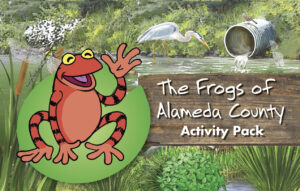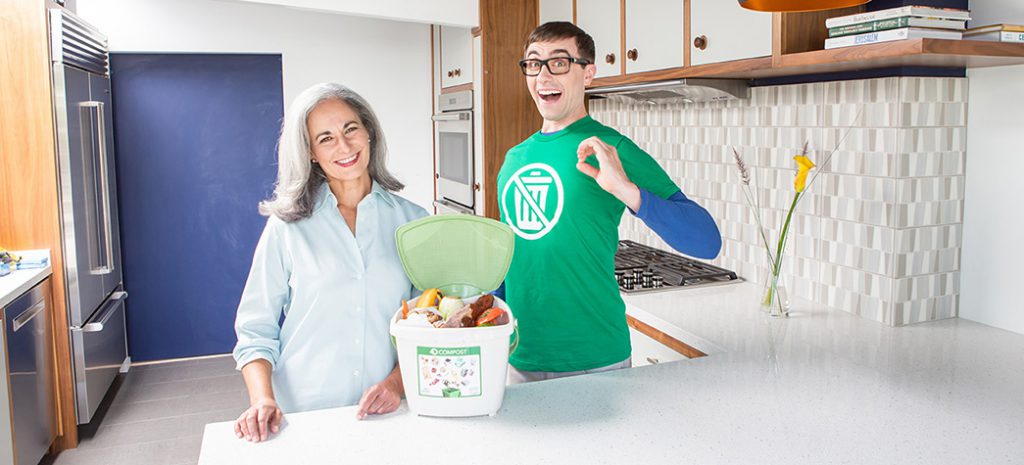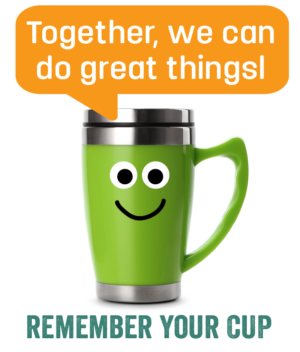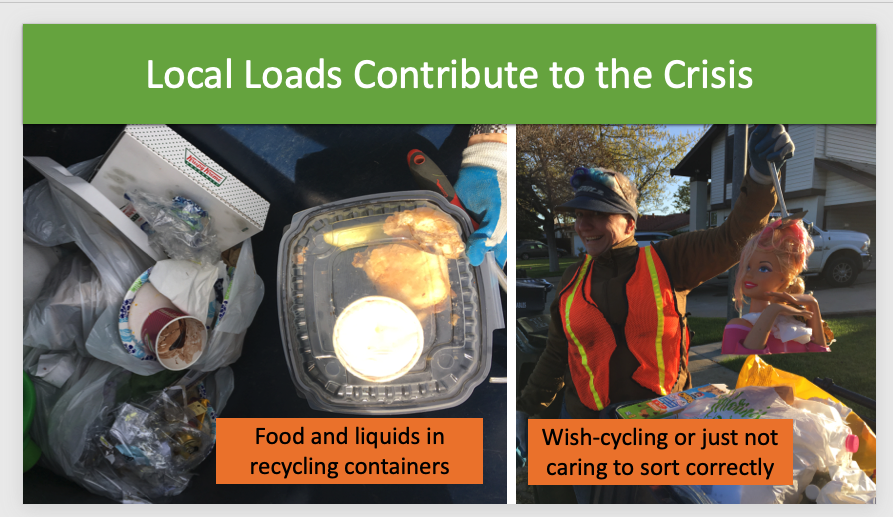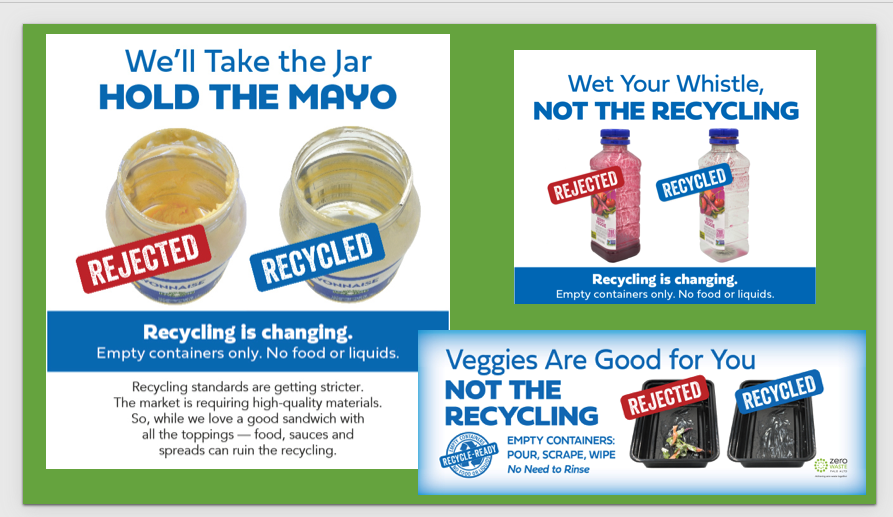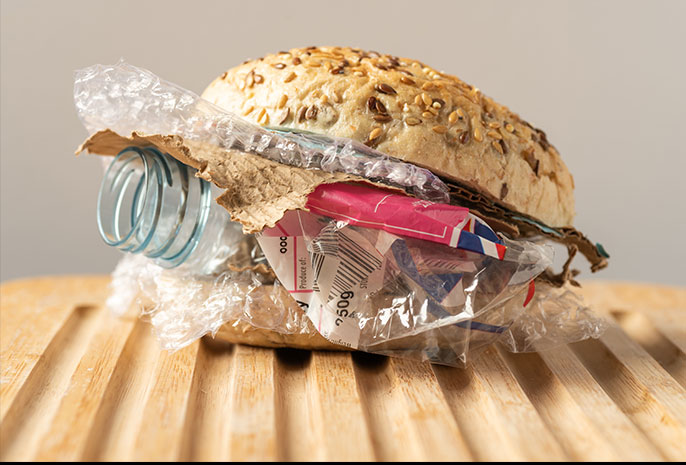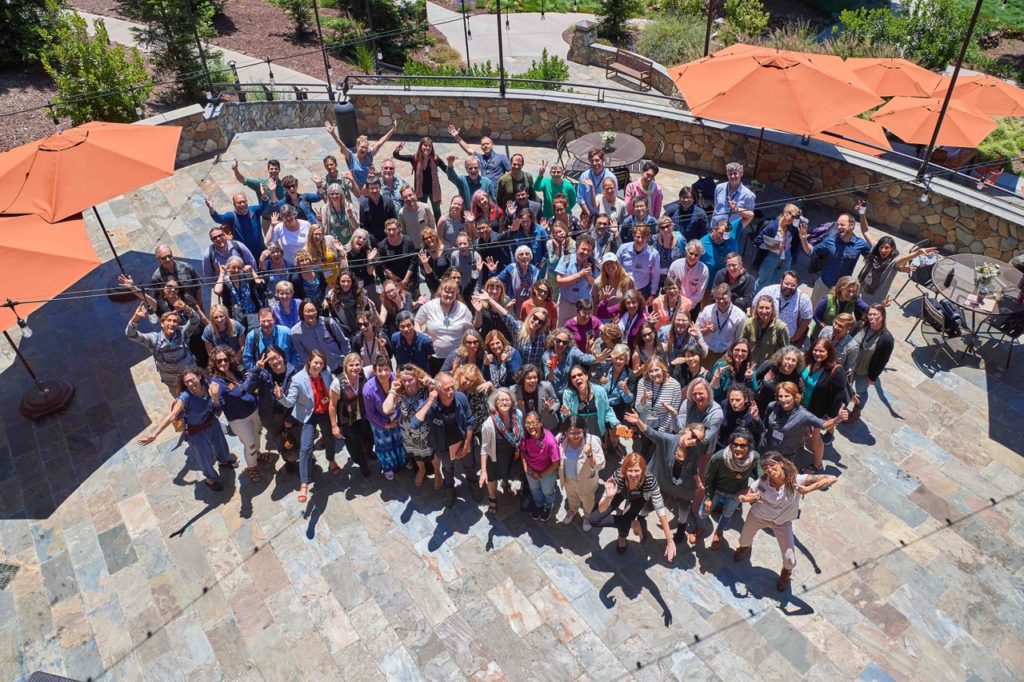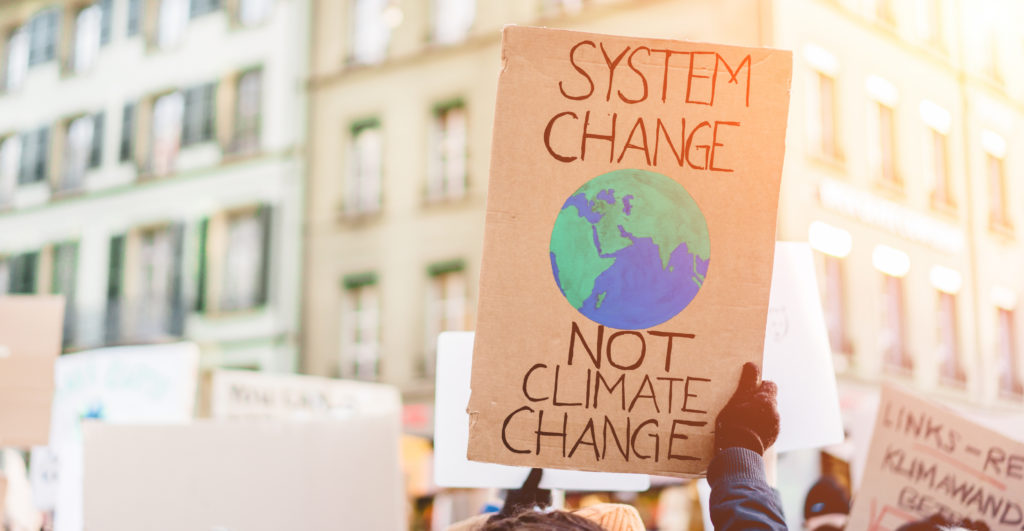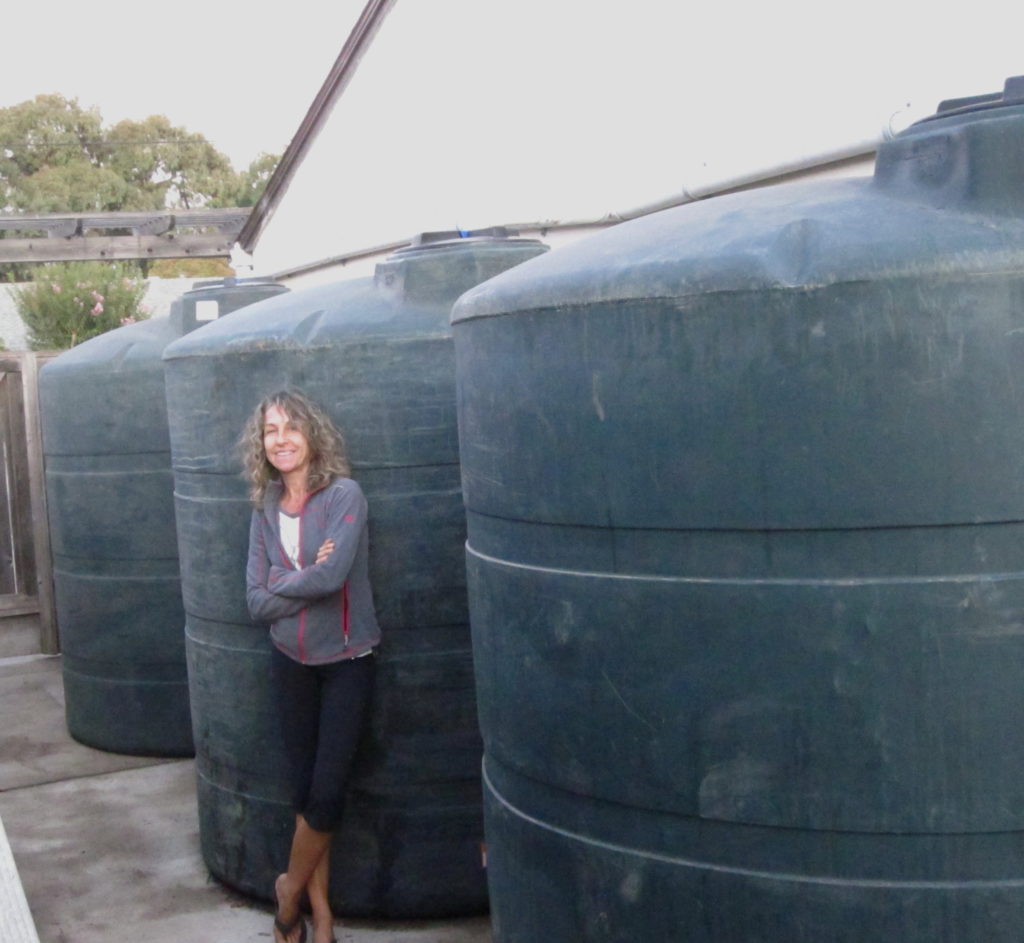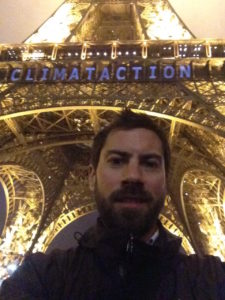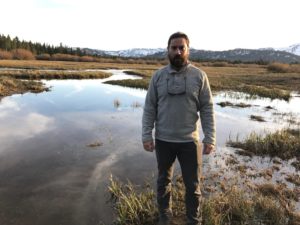Reducing food waste and diverting it and other organic materials from landfill is key to reducing methane emissions in the state. California’s SB 1383 establishes targets that many businesses are now working to meet. The implementation of SB 1383 was a major focus at this year’s California Resource Recovery Association (CRRA) Conference. As results come in, communicating about SB 1383 implementation and the efforts to reduce emissions will be important; but how much do Californians already know about food waste and its connection to climate change? We conducted a brief statewide survey of Californians to ask a few questions about their understanding of greenhouse gas emissions, landfill and food waste. Some responses were heartening, some were a bit depressing, but data emerged about how to communicate these concepts to different segments of the population.
See the slideshow:
To summarize, we noted:
- Most Californians do acknowledge that climate change is happening, and that human activity is a major contributor.
- However, 40% of respondents do not connect food waste with the climate.
- Many people are unclear about what happens to food waste in a landfill.
- Messaging about “doing the right thing” may resonate with several different audience segments.
As with any outreach effort, it’s best to understand how much your audience knows and how they feel about a particular issue before designing a campaign. This survey is just a first step in thinking about how to message about food waste reduction efforts and their relationship to the climate crisis.
If you would like a copy of the survey report, please email Gigantic.

